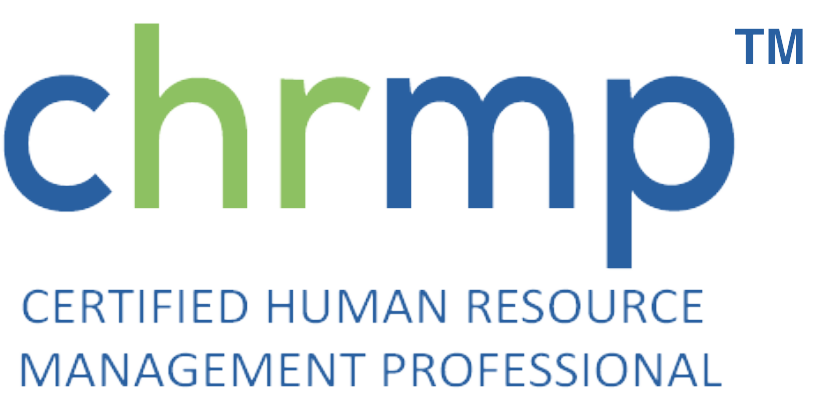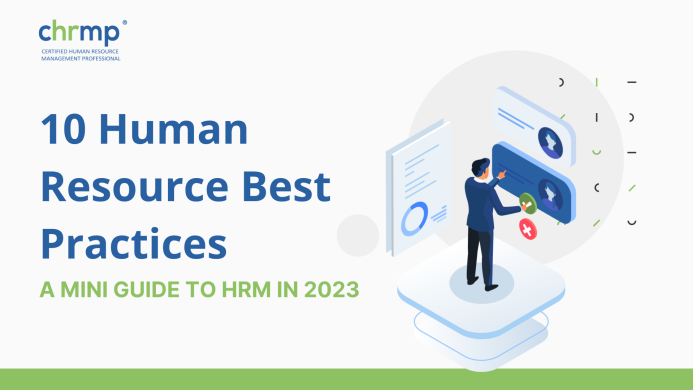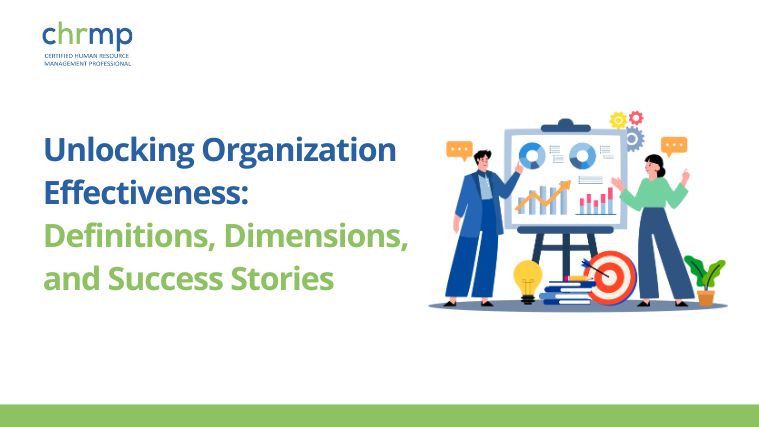Human resource management (HRM) is a critical function within any organization. It encompasses various responsibilities, from recruiting and hiring employees to managing employee relations and ensuring compliance with labour laws.
In today’s fast-paced and ever-evolving business environment, staying up-to-date on the latest HRM practices is more critical than ever.
This mini-guide will look at the top eleven human resource best practices organizations can implement in 2023. We’ll discuss everything from building a solid company culture and fostering employee engagement to developing effective performance management systems and implementing employee development programs.
Whether you’re a seasoned HR professional or a small business owner, these strategies will help you attract, retain, and develop top talent in the year ahead.
Let’s get started with the most basic question:
What are Human Resource Best Practices?
Human resource best practices are guidelines and strategies that have been proven effective in managing and developing an organization’s workforce.
These practices include recruiting and hiring, onboarding, performance management, employee development, employee relations, compliance, compensation and benefits, employee engagement, health and safety, diversity, equity, and inclusion.
These areas encompass a wide range of activities that organizations can implement to attract, retain and develop top talent, foster a positive work environment, stay compliant with labour laws and regulations, create developmental opportunities for employees to grow, and promote equity, diversity and inclusion within the organization.
It’s important to note that there is no one-size-fits-all approach to HRM, and organizations should tailor their HR practices to meet their business’s specific needs and objectives.
11 Human Resource Best Practices for 2023
As the business world continues to change and develop, companies are under increasing pressure to adopt the top human resource best practices to meet the needs of their employees and remain competitive in the marketplace.
Effective human resource best practices are critical in attracting and retaining top talent, promoting employee well-being and fostering positive company culture.
That being said, here are the top human resource best practices that you can implement in your organization this year to speed you up on the path to success:
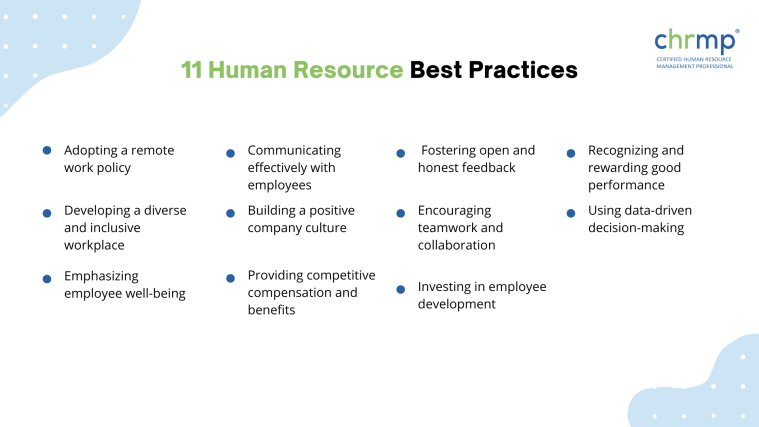
1. Adopting a remote work policy:
In recent years, remote work has become increasingly popular as technology has made it possible to work from any part of the world as long as an internet connection, and of course, the COVID-19 pandemic.
As a result, many companies are considering or have already adopted remote work policies to attract skilled employees, improve employee productivity and satisfaction, and reduce costs.
Adopting a remote work policy in 2023 is one of the top human resource best practices as it can bring numerous benefits for a company, such as:
- Expanding the talent pool: By allowing employees to work remotely, companies can access a wider pool of candidates, regardless of location.
- Increasing employee productivity: Remote work can lead to increased employee productivity, as employees are often better able to focus and work in an environment that they find comfortable and conducive to their work style.
- Improving employee well-being: Remote work can help employees achieve a better work-life balance, leading to lower stress levels and improved overall well-being.
- Reducing costs: With a remote workforce, companies can cut costs on office space, utilities, and other expenses related to maintaining a physical office.
2. Developing a diverse and inclusive workplace:
Diversity and inclusivity has found its way onto the list of human resource best practices for many companies in 2023. This is because a diverse and inclusive workforce reflects the diverse population that a company serves and brings various perspectives and ideas to the table, leading to more innovative solutions and better decision-making.

When it comes to demographic diversity, companies should strive to build a workforce that represents different races, genders, ages, abilities, and sexual orientations of their customers and communities. A diverse workforce can help improve the customer experience and better understand the needs of different market segments.
In addition to demographic diversity, companies should also focus on a variety of thoughts, experiences, and perspectives. Diversity of thought refers to the different ways of thinking and problem-solving that other individuals bring to the table. Having employees with various backgrounds, experiences and education can lead to a broader range of solutions and ideas and also help challenge group thinking.
Creating an inclusive workplace goes hand in hand with developing a diverse workforce; it means creating an environment that makes every member feel valued and respected, regardless of their background or differences. This can be achieved by implementing policies and procedures that prevent discrimination and harassment, promoting fair treatment, and providing all employees education and training on diversity and inclusion.
It is also worth noting that diversity and inclusion are not a one-time effort but a continuous journey that requires a company-wide commitment. It requires actively seeking out and welcoming diversity, creating an inclusive culture, continuously monitoring progress, and making changes when necessary.
In sum, developing a diverse and inclusive workplace will be crucial for companies in 2023. It allows them to serve their customers and communities better and to make the most of the different perspectives and experiences that their employees bring to the table. It also helps companies to foster a positive and inclusive work environment and attract and retain top talent.
3. Emphasizing employee well-being:
Emphasizing employee well-being has become increasingly important for companies in 2023. This is because employees are more productive, motivated and engaged to do their best work when they are healthy and happy. Therefore, promoting employees’ physical and mental health should be a key focus this year for companies.
One way for companies to promote employee well-being is by offering flexible work arrangements. This can include options like telecommuting, flexible hours, or job-sharing. Flexible work arrangements help employees achieve a better work-life balance, leading to lower stress levels and improved overall well-being. It can also help to attract and retain top talent, as flexible work arrangements are becoming an increasingly popular employee benefit.

Another way companies can promote employee well-being is by encouraging regular breaks. This can include promoting lunch breaks, short breaks throughout the day, or longer breaks such as vacation time. Encouraging frequent breaks can help employees recharge and refresh, leading to improved productivity and engagement.
Providing access to mental health resources is also essential to promoting employee well-being. This can include providing access to employee assistance programs, counselling services, or other mental health resources. It also can include promoting a culture of openness and support, making it clear to employees that it is okay to talk about mental health and that seeking help is encouraged.
In addition, companies can also promote employee well-being by encouraging exercise and physical activity, providing healthy food options, and promoting a culture of well-being. Employee wellness programs, regular health screenings, and access to healthcare resources can also be implemented.
Overall, promoting employee well-being will be crucial for companies in 2023. It can lead to improved employee productivity and satisfaction and can also help to attract and retain top talent. By taking steps to promote the physical and mental health of employees, companies can build a positive and supportive work environment that is mutually beneficial to the company and the employees.
4. Investing in employee development:
Companies should provide opportunities for employees to grow and develop new skills through formal training programs or on-the-job learning experiences.
Among other human resource best practices, investing in employee development is crucial for companies in 2023 as it provides learning opportunities for employees to grow and develop new skills. This can be achieved through formal training programs such as workshops or seminars or on-the-job learning experiences such as job rotations or mentoring.
This helps employees to stay current in their field and can make them more productive, engaged and motivated to do their best work. Providing opportunities for professional development can also help attract top talent, as it shows that the company values its employees’ growth and career development.
5. Communicating effectively with employees:
Companies should be transparent and clear in their communication and ensure that employees have the information they need to do their jobs effectively.
Clear and transparent communication is a great addition to your human resource best practices list as it can help build trust and understanding among employees and management and keep employees informed and motivated.
Companies should communicate regularly and clearly with employees, providing necessary information they might need to do their jobs effectively and being open to feedback and suggestions.
6. Building a positive company culture:
Companies should create a positive and engaged culture in which employees feel valued and motivated to do their best work.
Building a positive company culture is essential in 2023 as it can help to improve employee productivity and satisfaction.
A positive company culture can create a sense of community and teamwork among employees, making them more motivated and engaged in their work. A positive culture can also help companies to attract and retain top talent, as it shows that the company is a great place to work.
7. Providing competitive compensation and benefits:
Companies should ensure that their salary and benefits packages are competitive with those offered by other companies in their industry.
Companies should ensure that their compensation and benefits packages are competitive with those offered by other companies to attract top talent. This can include offering competitive salaries, bonuses, retirement plans, and health insurance, among other things.
8. Fostering open and honest feedback:
Companies should encourage open and honest feedback from employees of all levels and responding to employee feedback to identify and address their problems.
This can be done through regular employee surveys, focus groups, or suggestion boxes, among other things.
9. Encouraging teamwork and collaboration:
Companies should create opportunities for employees to work together and share knowledge to improve their operations’ efficiency and effectiveness.

Encouraging teamwork and collaboration is crucial for companies in 2023. Teams are known to be more efficient and effective than individuals working alone.
Companies should create opportunities for employees to work together and share knowledge, in order to improve the efficiency and effectiveness of their operations. This can be done through team-building activities, cross-functional teams, and collaboration software.
10. Recognizing and rewarding good performance:
Companies should recognize and reward employees for good performance in order to motivate and retain top talent.
Recognizing and rewarding good performance is another among critical human resource best practices. Companies should recognize and reward employees for good performance to motivate and retain top talent. This can be done through bonuses, promotions, or other incentives, such as additional time off.
11. Using data-driven decision-making:
Companies should use data to inform their decision-making and track their progress to make more informed decisions and continuously improve their HR practices.
Companies should use data to inform their decision-making and track their progress to make more informed decisions and continuously improve their HR practices. This can be done through regular data analysis and reporting and by using tools such as Human Resources Information Systems (HRIS) or performance management software.
However, it’s worth noting that this list is not mutually exclusive, and that they’re all interconnected. Businesses should also consider their unique circumstances, resources, and industry when building their HR plans, but it can be a good starting point.
HR Best Practices vs HR Activities: What’s the Difference?
HR best practices and HR activities are two distinct concepts within the field of human resources management.
HR best practices refer to a set of guidelines, strategies, and approaches that are widely recognized as effective and efficient in achieving HR goals and objectives.
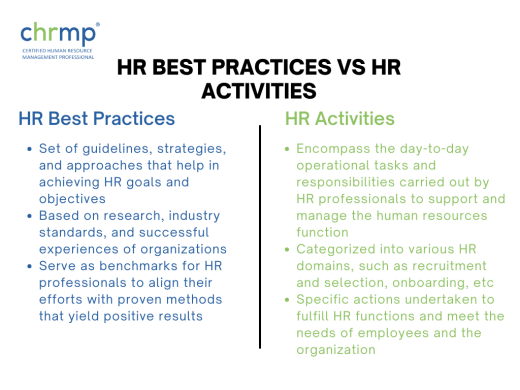
These practices are based on research, industry standards, and successful experiences of organizations. HR best practices are generally considered to be the most optimal methods for managing people, enhancing employee engagement, improving organizational performance, and complying with legal and ethical standards.
Examples of HR best practices include strategic workforce planning, talent acquisition and retention strategies, employee development and training programs, performance management frameworks, and compensation and benefits structures.
These practices serve as benchmarks for HR professionals to align their efforts with proven methods that yield positive results.
HR activities encompass the day-to-day operational tasks and responsibilities carried out by HR professionals to support and manage the human resources function within an organization.
These activities can be categorized into various HR domains, such as recruitment and selection, onboarding, training and development, performance management, compensation and benefits administration, employee relations, and HR compliance.
HR activities are specific actions undertaken to fulfill HR functions and meet the needs of employees and the organization.
They involve tasks like job posting, candidate screening, interviewing and hiring, orientation and onboarding processes, training program delivery, conducting performance appraisals, managing employee benefits and payroll, handling employee grievances, and ensuring legal compliance.
In summary, HR best practices represent the recommended approaches and strategies that guide HR professionals in achieving organizational goals, while HR activities refer to the operational tasks and actions undertaken by HR professionals to support and manage the HR function on a day-to-day basis.
HR best practices provide a framework for designing and executing effective HR activities to enhance overall HR performance and drive organizational success.
Synergies in Human Resource Best Practices
The combination of two or more human resource best practices to create a synergy and generate better results as compared to implementing the them individually is a common practice seen in many organisations.
When implemented effectively, different human resource best practices can work together to create synergies that greatly benefit a company. These synergies can help to improve employee productivity and satisfaction, foster a positive company culture, and attract and retain top talent.
For example, investing in employee development and providing competitive compensation and benefits can work together to create a positive work environment and attract and retain top talent. By providing opportunities for employees to grow and develop new skills, a company can show that it values its employees and is invested in their long-term success. At the same time, providing competitive compensation and benefits can attract and retain top talent by making the company an attractive place to work.
Another example is the synergy between building a positive company culture and recognizing and rewarding good performance. A positive company culture can improve employee productivity and satisfaction by creating a sense of community and teamwork.
When employees feel like they are part of a team, they are more likely to be motivated to do their best work. Recognizing and rewarding good performance can reinforce this positive culture by showing employees that their hard work is appreciated and valued.
Communicating effectively with employees and fostering open and honest feedback can also work together to create a positive work environment.
Clear and transparent communication can help to build trust and understanding among employees and management, and open and honest feedback can allow employees to voice their concerns and ideas, which can help the company improve.
Using data-driven decision-making, encouraging teamwork and collaboration and providing remote work options are all best HR practices that can work together. With data, teams and remote work, companies can create a versatile, flexible and efficient work environment.
Human resource best practices can be considered interrelated parts of a comprehensive strategy that works together to build a positive and engaging work environment.
By understanding how different methods can work together to create synergies, companies can develop a more holistic approach to HR that can help to attract top talent, boost employee productivity and satisfaction, and foster a positive company culture.
Frequently Asked Questions
1.What are the key elements of an effective employee onboarding process?
Answer: An effective employee onboarding process should include several crucial elements, such as a warm welcome and introduction to the company culture, clear communication of job expectations and responsibilities, comprehensive training and orientation, provision of necessary resources and tools, opportunities for early social integration with colleagues, and ongoing support and feedback during the initial period of employment.
2.How can organizations promote diversity and inclusion in the workplace?
Answer: Promoting diversity and inclusion requires a concerted effort from all levels of the organization. Key strategies include implementing inclusive hiring practices to attract a diverse pool of candidates, providing diversity training for employees and leaders, creating employee resource groups (ERGs) to foster a sense of belonging, establishing policies that prevent discrimination and bias, promoting diverse leadership representation, and regularly measuring and evaluating the organization’s progress toward diversity and inclusion goals.
3. What are some strategies for enhancing employee engagement and motivation?
Answer: To enhance employee engagement and motivation, organizations can implement various strategies. These include providing opportunities for career development and growth, offering regular recognition and rewards for outstanding performance, fostering a positive work environment that encourages open communication and feedback, promoting work-life balance, encouraging employee autonomy and involvement in decision-making, and organizing team-building activities and events to strengthen camaraderie.
4.How can HR departments effectively manage and resolve workplace conflicts?
Answer: HR departments play a crucial role in managing workplace conflicts. To do so effectively, they should encourage open channels of communication for employees to express their concerns, provide conflict resolution training for managers and employees, mediate disputes impartially, and establish clear policies and procedures for conflict resolution. Additionally, HR should promote a culture of respect and empathy, encourage early intervention to address conflicts before they escalate, and document all conflict resolution processes to ensure consistency and fairness.
5. What are the best practices for conducting fair and unbiased performance evaluations?
Answer: Conducting fair and unbiased performance evaluations is vital for employee development and organizational growth. Best practices include setting clear performance expectations and goals in advance, using objective criteria and measurable metrics for evaluation, providing regular feedback throughout the performance period, conducting evaluations in a consistent and standardized manner, involving multiple evaluators to minimize biases, and offering opportunities for employees to provide self-assessments. Moreover, HR should ensure that the performance evaluation process aligns with the organization’s overall values and goals.
Conclusion
In conclusion, human resource best practices are crucial for companies looking to remain competitive in the fast-changing business world of 2023. The practices outlined in this mini-guide, including developing a diverse and inclusive workplace, emphasizing employee well-being, investing in employee development, communicating effectively with employees, and more, can all play a critical role in attracting and retaining top talent, fostering positive company culture, and promoting employee productivity and satisfaction.
All human resource best practices are interconnected and that a comprehensive approach should be taken to implement them effectively. By understanding how different methods can work together to create synergies, companies can develop a more holistic approach to HRM that can help to improve their overall operations.
Additionally, it’s important to remember that human resource best practices should be adapted according to a company’s industry, resources and unique circumstances. Still, overall, it is a crucial aspect of any successful business. Companies that focus on building a positive, inclusive and supportive work environment can improve employee productivity and satisfaction and create a positive reputation for themselves. Companies that invest in their employees’ development, well-being and happiness are in the best position to remain competitive and grow.
